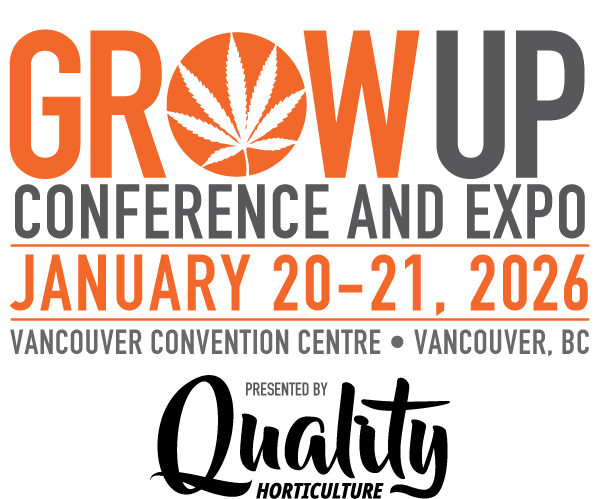For some time the outlook for Canada’s cannabis sector has been gloomy. Following the crest in company values post-legalization came a crash from which the cannabis equity market hasn’t yet recovered. Meanwhile, domestic demand for cannabis seems to have flattened and shows few signs of new growth.
While overall revenue is projected to reach US$5.63 billion this year, recreational sales have leveled off. With over 3,700 authorized retail stores across the country, and just under a store per 100,000 population the recreational market appears to be saturated.
Looking at low-THC consumer products in the U.S. in my previous article, I was struck by the segment’s triple-digit growth and by its movement into multiple sales channels. While consumer data is still catching up with this new market it seems that low-THC adult-use products are reaching new customers who are loath to visit dispensaries. In contrast to the U.S., recreational cannabis offerings here reveal the continuing dominance of high-THC products.
Could Canadian and U.S. consumers be so different, I wondered?
I’m betting they are not. Sure, American low-potency markets have taken advantage of the loophole created by the 2018 Farm Bill’s hemp definition. Aside from conversion cannabinoids, natural hemp adult-use products below the 0.3% THC threshold are profitably marketed across the U.S. Could similar products be sold here?
Canada’s Industrial Hemp Regulations suggest it might be a difficult path. Only classified hemp cultivars may be used, although there’s a long list. It’s difficult to say if these have attractive terpene profiles for recreational use. THC levels are typically quite low. The government can be petitioned to add varieties, but that’s another process to engage.
A simpler option would be to use regular cannabis, which low-potency beverages, edibles and other products could be derived from. Products would need to be adopted by provincial distributors, but the OCS has a small low-potency category, and Alberta has cut out the middleman to allow for direct distribution. Advertising and promotion rules are another obstacle.
Cannabis retail here would also need to make some changes. A typical retail store is oriented, through its branding, sales culture and limited floor space to selling high potency. In the U.S., beverages are the key category for lower THC products where they’re sold by supermarkets, liquor outlets and delivery services, depending on state legislation. Beverages require more floor and shelf space than one generally finds in dispensaries. As the ‘Dad Grass’ brand I featured exemplifies, the stateside pitch is to regular folks – the same people who drink lite beer while tending the barbecue.
I can think of two business models that may be useful ways to reach a similar clientele here.
The first I’m borrowing from Alberta-based SNDL, a firm that’s been on a tear recently, buying up chains and using the retail brands they represent to target specific customers. For example, the Value Buds and Firesale brands appeal to bargain hunters, Spiritleaf offers a “premium guest experience,” while Superette is designed to reach shoppers who just want to have fun.
Significantly, SNDL has evolved from its core cultivation business, so it’s well situated to customize new products to supply its stores. By rationalizing staffing and internal systems, the firm seems intent on reducing its cost structure to live with the price compression that’s helping to drive some of its competitors out of business. The company is also a major liquor retailer, with transferable expertise for merchandising cannabis beverages. It could feasibly establish a low-THC brand and store network to target the same segment flocking to these products in select U.S. states.
I previously hinted at a second model in my piece about Ontario’s changing retail markets. Supermarkets are a popular sales channel in states that permit hemp-based THC drinks. By incorporating separate but complementary cannabis outlets beside their stores, grocery chains could also sell low-THC products to their customers. Major grocery players would bring their advantages of deep pockets plus significant business, marketing and logistics capability to evolve the model.
A variation on these approaches is to feature both low-THC recreational and Cannabis Health Products in proximate outlets. The federal government’s slow uptake of its 2022 Scientific Advisory Committee report is blocking this strategy, for now. However, Health Canada says it will clear a regulatory path for Cannabis Health and Wellness products not needing practitioner supervision. With its stake in and plans for expanding their pharmacy business, Big Grocery is well-positioned to take advantage. Food shoppers could wheel their carts to the pharmacy for CHPs, then drop into the low-potency cannabis outlet beside the store entrance.
Some work is required to research, test and implement viable channels for newly branded low-THC products here. But judging from results south of the border, such efforts may well be worth it.

